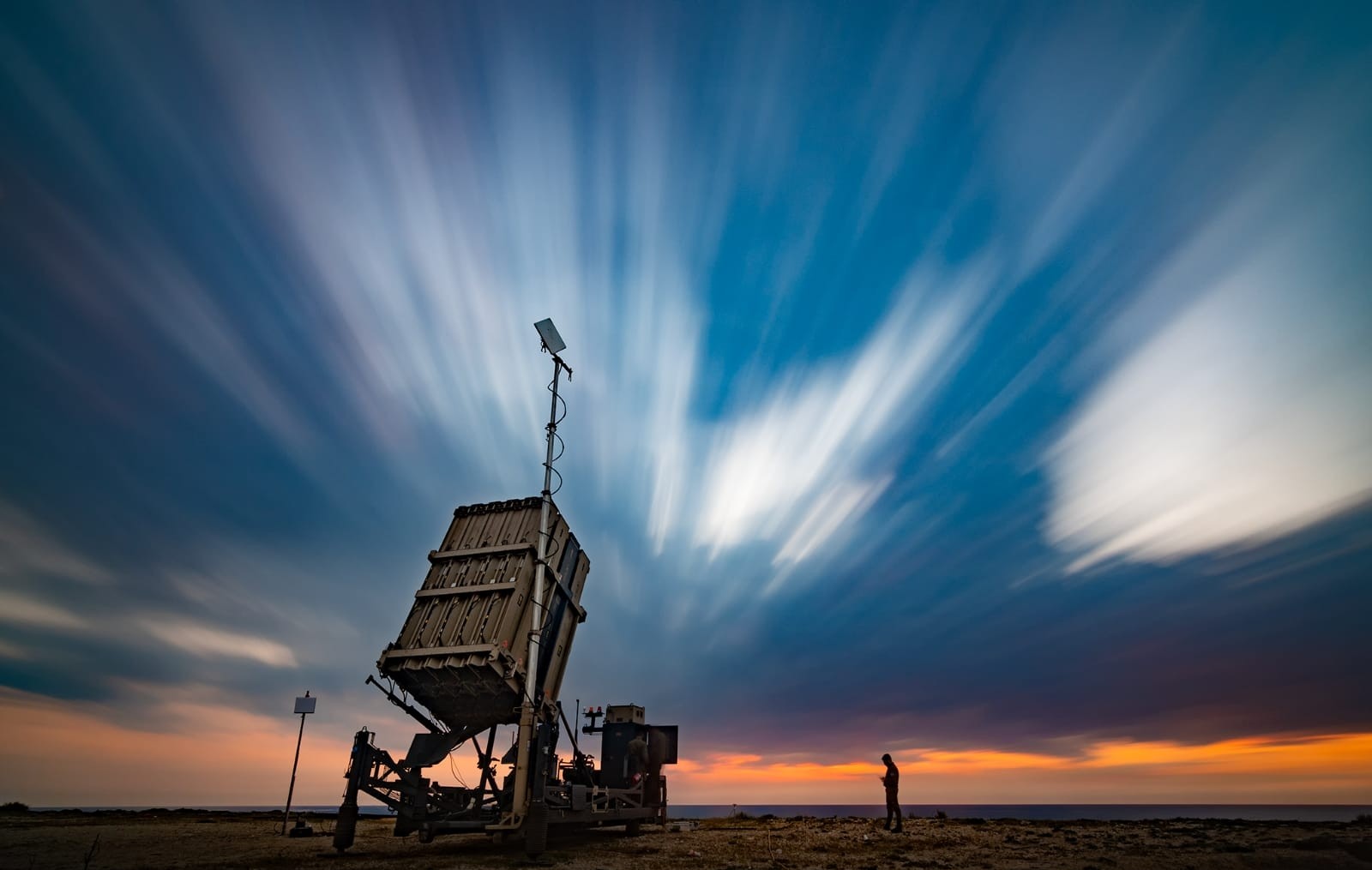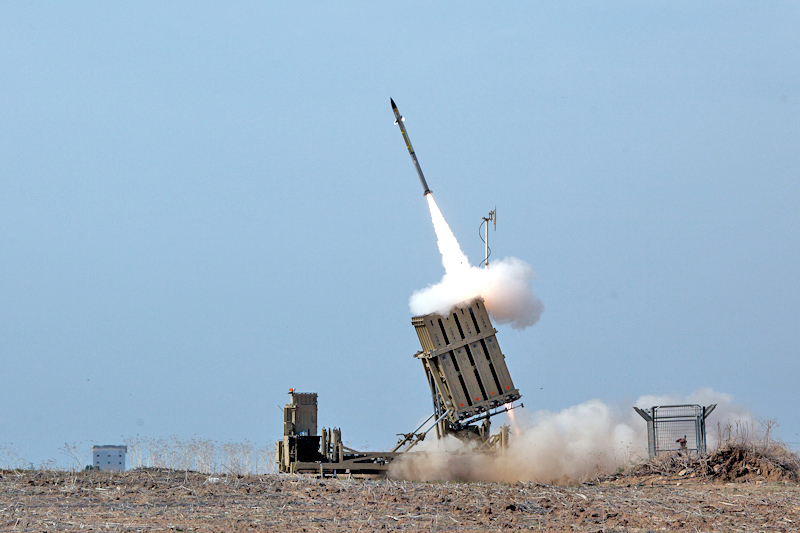The US government has delivered the first batch of missiles from its stockpiles to Israel for the Iron Dome air-defense system, reinforcing Israel’s capabilities to intercept rockets fired by Hamas, reported Bloomberg.
The report, citing an unnamed US official, said that the first batch of Tamir interceptors, owned by the US military but currently positioned within Israel, will soon be augmented by additional interceptors sourced from US stockpiles situated in undisclosed locations.
This strategic move is intended to bolster Israel’s ability to maintain the operations of its air defense systems effectively. However, the official chose not to disclose the reasons behind the presence of US interceptor stock in Israel or the precise whereabouts of the supplementary interceptors.
The promptness of the initial transfer highlighted the swift response of the US military in replenishing Israel’s resources. The Pentagon official said, “We will continue to be responsive to Israel’s requests for air defense, artillery, ammunition, and precision-guided munitions.”
Additionally, the US is actively working with American defense companies to accelerate the fulfillment of existing weapons orders from Israel. A key priority among these orders is the provision of munitions required for Israel’s Iron Dome air defense system.

“We’re surging additional military assistance, including ammunition and interceptors to replenish Iron Dome,” President Joe Biden said on October 10. “We’re going to ensure that Israel does not run out of these critical assets to defend its cities and citizens.”
The Iron Dome munitions supplied by the US to Israel will exceed the quantity ordered initially and be integrated into ongoing military assistance packages.
These missiles are a collaborative effort between the United States and Israel, with the manufacturing process carried out by Rafael Advanced Defense Systems in Israel. At the same time, key components are produced by RTX Corp. in Arizona.
The Iron Dome system’s missiles are designed to intercept rockets that threaten Israeli cities. Israel currently has 10 of these systems in operation, according to Raytheon.
The United States has two Iron Dome batteries that are utilized for testing purposes. Experts speculate that should the need arise; these systems could be returned to Israel to support and bolster their air defense capabilities.
According to information shared with congressional staff, the US Army has received approximately 312 interceptors.
If these interceptors were to be sent to Israel, it would constitute a significant quantity of Tamir missiles, along with other essential components of the Iron Dome system, potentially available for assistance.
In a separate development, the Marine Corps disclosed in August its intent to procure up to 1,840 Tamir interceptors and 44 launchers for air defense. However, as of now, these items have not yet been delivered.
Iron Dome Conundrum
Israel’s Iron Dome system is widely recognized as one of the most potent air defense systems globally. Originally designed to counter short-range threats from Gaza and southern Lebanon, it has demonstrated its effectiveness by intercepting thousands of rockets since its deployment in 2011.
According to Israel’s Ministry of Defence, the Iron Dome is engineered to handle multiple threats simultaneously. It boasts an impressive success rate of 90 to 96 percent, making it an effective defense system against incoming rockets and missiles.
While the US has initiated the transfer of munitions to support Israel’s Iron Dome, a substantial challenge that Israel will continue to face is the cost associated with countering rockets fired by Hamas.
The Tamir interceptors used in the Iron Dome system are costly, in stark contrast to the rockets launched by Hamas, which are rudimentary and inexpensive garage-built weapons.
These inexpensive rockets are typically manufactured by the terrorist group using readily available materials, including industrial piping, homemade rocket fuel made from sugar and potassium nitrate fertilizer, and commercial explosives.

Reports suggest that the primary short-range Hamas rocket, the Qassam, has an estimated cost of US$300 to US$800 each. On the other hand, each Tamir missile used in the Iron Dome system carries a price tag of about US$40,000 to US$50,000.
Besides that, after the recent unexpected attack on Israel, experts have noted that despite the Iron Dome’s effectiveness, Israel’s adversaries have gradually identified vulnerabilities in the system. There appears to be an evolution in the strategies employed by Israel’s enemies to circumvent its defenses.
Over the years, Hamas has started employing a strategy of launching extensive rocket barrages seemingly aimed at evaluating or potentially overloading the effectiveness of the Iron Dome defense systems.
During several such barrages, they fired as many as 140 rockets in minutes. Such attacks suggest that Israel’s air defenses could, in the future, face challenges in countering large volumes of incoming rockets.
Even in the recent attack on Israel, Hamas intensified its rocket barrages, testing the Iron Dome’s limits. On October 6, they fired around 5,000 rockets in just 20 minutes, reaching areas like Tel Aviv and the outskirts of Jerusalem, typically well-protected by the Iron Dome, according to the New York Times.
- Contact the author at ashishmichel(at)gmail.com
- Follow EurAsian Times on Google News




